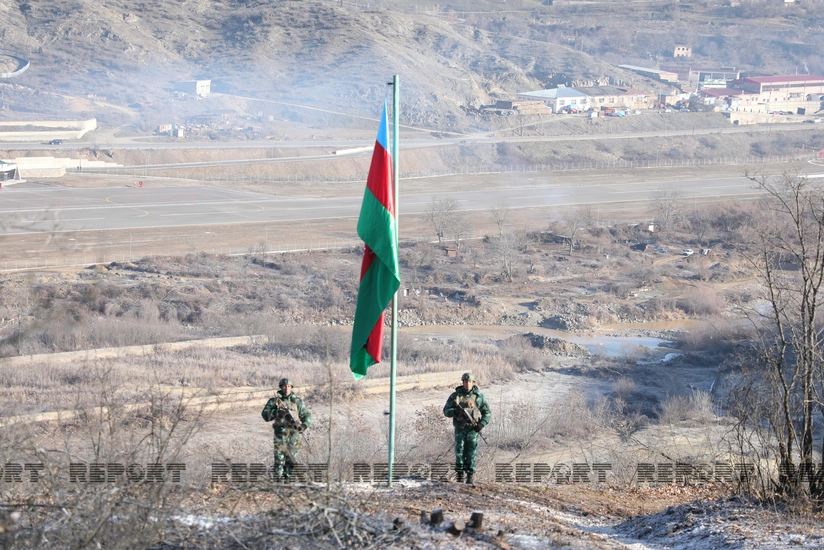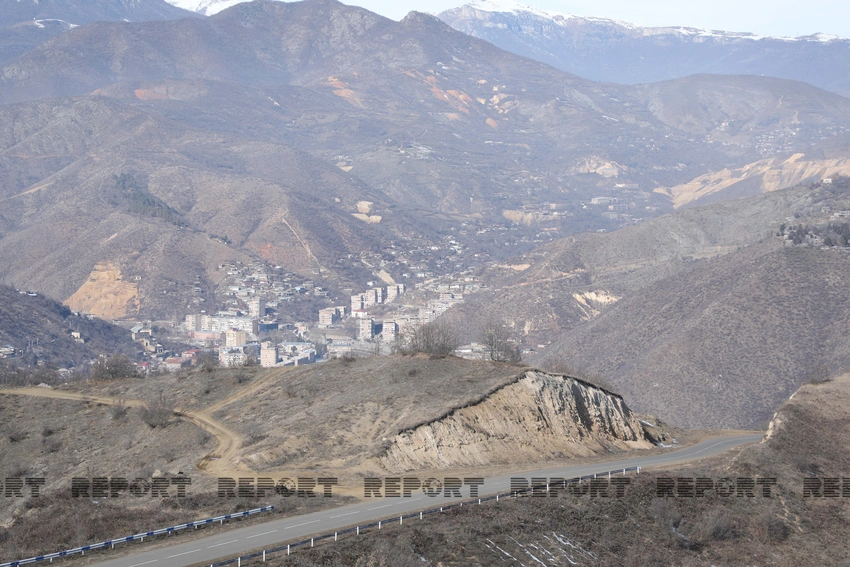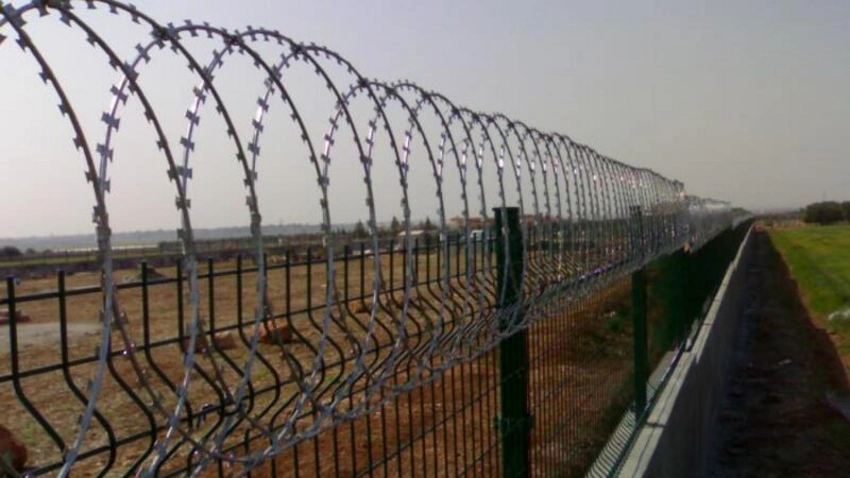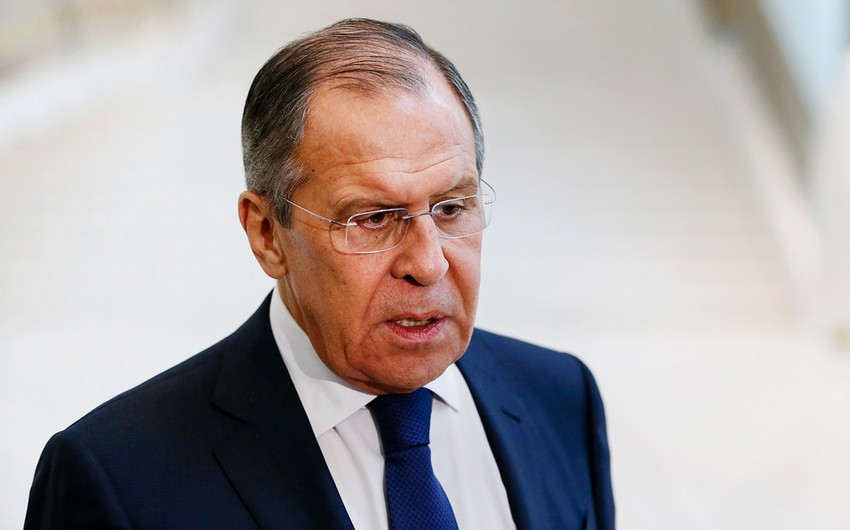Determination of Azerbaijani-Armenian borders - regional stability and development - COMMENTARY
- 25 May, 2021
- 06:55

In the last years of the former USSR, several problems arose in the allied republics. Many of them were artificial since they were controlled from the outside and had no basis. One of them was the conflict created between Azerbaijan and Armenia. As Armenians were resettled in the South Caucasus, the problem created by them was also groundless.
As in the early 20th century, Armenians and Armenia claimed Karabakh at the end of the century too. Although the former USSR leadership was able to solve this problem quickly, they deliberately exaggerated the issue. Head of the Kremlin, Mikhail Gorbachev's love for Armenians resulted in the violation of the territorial integrity of the Azerbaijani SSR. The support of Moscow and its supporters at that time caused Azerbaijani citizens to flee their homes. More than 1 million Azerbaijan have lived the refugee life for about 30 years.
It was Armenia's occupation of Azerbaijani lands that prevented the demarcation and delimitation of the borders between the two countries. In other words, Armenia occupied Azerbaijani lands and tried to expand its territory and create a new Armenian state in Karabakh. Therefore, the delimitation of the borders between the two countries was impossible for 30 years due to Armenia's aggressive policy and the occupation of 20 percent of Azerbaijani territory. However, as a result of the 44-day Second Karabakh War, the dreams of Armenians came to naught. The liberation of the occupied territories by the Azerbaijani Army made it necessary to delimit the borders.

In general, after the USSR collapse, all the republics determined their territories based on a post-Soviet map. The Russian Federation has also formed its territory and defined borders with its neighbors based on a map of the USSR. The territories of the Baltic states, Latvia, Estonia, and Lithuania, and Kaliningrad's remaining as a province of Russia are also determined in line with this map. In other words, that map is an international legal act. Otherwise, a completely different picture would emerge. Many ethnic groups, which later became allied republics, never had a state in the region where they lived. One of them is the Armenian ethnic group. Therefore, if the pre-Soviet period was taken as a basis, Armenia would have been a region within the territory of Azerbaijan. However, the former Soviet republics considered it acceptable to determine the state borders based on the map of the USSR. It would also help to avoid new conflicts. Although the former allied republics have territorial claims to each other, they prefer to solve these problems through negotiations and diplomacy to prevent a new regional conflict.
By the way, border determination usually goes through two stages: demarcation and delimitation. What is the demarcation line? "Demarcation" means "separation" in French. In the event of a temporary truce, a peace treaty or a line is defined to separate the armies of the warring states until a permanent border is established based on a peace treaty or any other agreement. Boundary delimitation means "delimitatio" - "mark out" in Latin. The state border between neighboring countries is determined by a common position and direction and through negotiations. Delimitation is an integral part of peace treaties or special agreements on establishing or altering state borders. During the delimitation, the parties to the agreement prepare a description of the borderline on a single map, without any work on the ground. As part of the delimitation process, the parties define the borderline according to the map. The materials of delimitation are the basis for another stage - demarcation.

The Azerbaijani Army forced Armenia to withdraw its troops from the territory. On November 10, 2020, President of Azerbaijan Ilham Aliyev, President of Russia Vladimir Putin, and Prime Minister of Armenia Nikol Pashinyan signed a trilateral statement on the ceasefire. It also meant the end of the war between Armenia and Azerbaijan in Karabakh. World experience shows that after the end of the war, the parties to the conflict sign a peace agreement and define the boundaries. Delimitation is an integral part of a peace agreement or a special agreement to define or change the state border.
Meanwhile, the delimitation of the Azerbaijani-Russian border is almost complete. In February 2020, Azerbaijani Deputy Foreign Minister Khalaf Khalafov stated that there were no problems with the delimitation and demarcation of Azerbaijan-Russia borders. According to him, the demarcation commission continues its work: "Some time ago, we held a meeting in Moscow and signed the protocols. We set a new work schedule. At present, work is underway to establish border markers on the delimited borders." At that time, the Deputy Minister said that more than 100 kilometers have already been equipped with border markers: "The remaining sections will be continued in stages."

So, the occupation of Azerbaijani lands by Armenia for almost 30 years has created a misconception in some forces in this country. In Armenia, these forces and supporters of the false desires of the Armenians think that the occupied Azerbaijani lands are the territory of Armenia. When Azerbaijan restores its territory on the basis of the map of the USSR, the Armenian lies, the media, the diplomatic mission, the diaspora, and the lobby start to work. They begin to talk about the fictitious Armenian territory and lands. Therefore, during the occupation, Armenia perceived the notion of border as the line of troops' confrontation and may not be ready to deal with the new reality that has arisen today. However, the current reality is based on the factor of international law, and all issues must be resolved within this framework. The UN, the OSCE, and other international organizations and countries should support the signing of a peace agreement between Azerbaijan and Armenia and the delimitation of borders. According to Report, Russian Foreign Minister Sergei Lavrov said at the press conference in Dushanbe that under the preliminary agreement reached between the parties, Russia proposed to work to begin demarcation and delimitation of borders: “For this purpose, we initiated the establishment of a joint Azerbaijani-Armenian commission. At the same time, we offered Russia's participation in the process as a consultant and mediator. "
Finally, the restoration of the region, getting the life back on track here, the stabilization of the situation in the South Caucasus, and ensuring security depend on the establishment of relations between Armenia and Azerbaijan. In this regard, the main direction of the activities of the international community, the parties interested in the region should be the development of the ceasefire between Azerbaijan and Armenia and the establishment of relations between the two countries, as well as the signing of a peace treaty.
